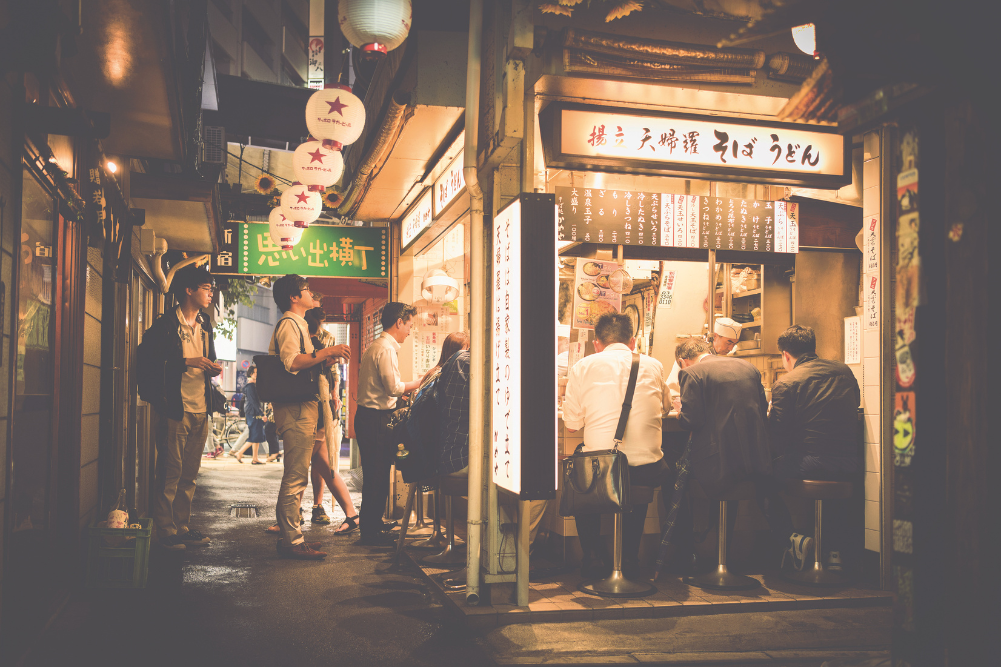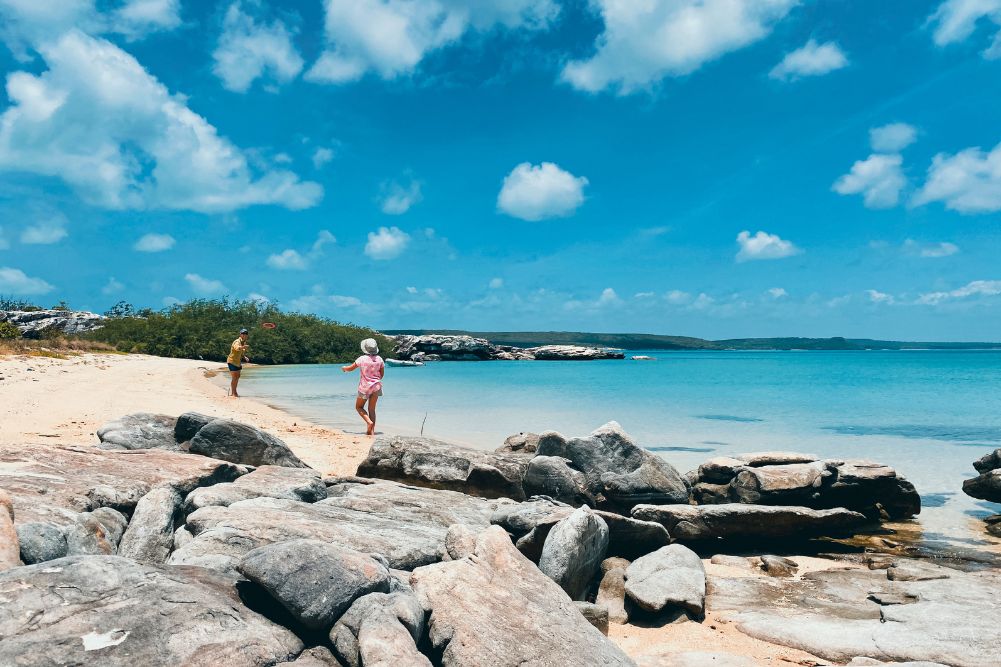Tripping through untamed Tasmania
From the sky, shimmering aquamarine-coloured bays wrap around sandy beaches that fringe a vast sea of tea-trees, banksia and eucalypts. We fly over jagged peaks, wild rivers, a rugged coastline and mysterious-sounding places like Prion Bay and Precipitous Bluff.
Southwest wilderness
I’m looking down on Tasmania’s Southwest National Park, which occupies a vast area of this remote corner of the island state. Parts of the wilderness are more than 50km from the nearest road and, in most places, the only access is by foot, boat or plane.
We land on a white gravel landing strip at Melaleuca and walk along the winding boardwalk into the wilderness of Port Davey Marine Reserve. The reserve extends inland for more than 20km to the north and east, and is a patchwork of button-grass moorlands, heathlands, rivers, bays and estuaries.
The landscape is a drowned valley — with Bathurst Harbour at its centre — and was once a large plain that flooded as the sea level rose about 7000 years ago. Much of the soil consists of organosols, or peat, which form from undecomposed plant material that accumulates under wet, humid and cool conditions.
Not far from the airstrip, we stop at a bird hide built by explorer, tin miner and environmentalist, Deny King. King (who passed away in 1991) spent 50 years living in Melaleuca. He discovered the extinct Banksia kingii shrub and was instrumental in preserving the habitat of the Orange-bellied Parrot (Neophema chrysogaster).
The critically endangered Orange-bellied Parrot is a migratory bird that spends winters feeding in the coastal grasslands of Victoria, South Australia and NSW before returning to Melaleuca to breed. At last count, the wild population had declined to 35 birds and experts say the species might become extinct in the wild by 2015.
Not far from the hide, we explore the grounds of Deny King’s family home. Our pilot, Thomas, has brought tea, biscuits and Tasmanian cheese, which we tuck into at the boat landing behind the house. Then we trek into the swampy thickets of the former homeland of the Needwonnee people, the indigenous people of the region.
The Needwonnee Walk is an interpretive nature trail that conveys the simplicity of the lives of this ancient Aboriginal culture. Everything is made from materials gathered locally. Rudimentary huts among the trees, a reed basket dangling from a branch and a paperbark canoe on a jetty beside Melaleuca Lagoon are some of the items on show.
We board a motor boat at Melaleuca Inlet and cruise to Bathurst Harbour, a pristine waterway the size of Sydney Harbour. But, unlike Sydney Harbour, Bathurst Harbour is an inland harbour with myriad creeks and rivulets.
The boat slices through the mirror-like reflections of puffy clouds and blue sky, creating a mesmerising warp-like rippling effect in the smooth, dark liquid. The colour of the water is due to stratification, or layering, which occurs when fresh water meets saltwater. As fresh water is lighter than saltwater, a dark band of tannin-rich fresh water rises to sit on top of the clear saltwater.
Even though Bathurst Harbour is shallow (around five to seven metres deep), phytoplankton and marine plants struggle to survive in the inky harbour. Only heart urchins, sea cucumber and polychaete worms live on the muddy harbour floor.
In contrast, Bathurst Channel, which connects Bathurst Harbour to Port Davey, is a jewel of the marine reserve with more than 500 species of marine invertebrates thriving in the channel. Examples are anemones, sea urchins, sea stars and other species usually found in the ocean.
Strahan & the wild west coast
North of Port Davey, Strahan is the gateway to Tasmania’s Western Wilderness. There are no direct roads between Southwest National Park and the Western Wilderness, and from Hobart it takes about five hours driving, but there’s plenty to see along the way.
The pub at Derwent Bridge (population 15) serves decent meals in a cosy atmosphere, and a cruise on Lake St Clair, Australia’s deepest freshwater lake, offers stunning views of glacier-carved peaks and forests.
Also at Derwent Bridge is the Wall in the Wilderness, a project of talented self-taught sculptor, Greg Duncan, who is carving the history of the Tasmanian Highlands in wood panels of breathtaking scale. When finished, the sculpted wall will stretch the length of an Olympic-sized swimming pool.
The most memorable section of the journey is the drive between Queenstown and Gormanston. The road spirals upwards, twisting and turning through a stark, treeless landscape. Queenstown in Tasmania was built on one of the world’s richest copper mines.
On the west coast, Strahan’s seaside village has a Disney-like appeal. Waterfront cottages echo the history of the miners, pine workers and fisherman of the past. Tours of the Western Wilderness include a cruise on the Gordon River and a ride on the West Coast Wilderness Railway, where the rack-and-pinion railway steams through dense rainforests and gorges, around tight curves and over spectacular bridge crossings. You can fly above the wilderness in a seaplane over rivers and forests, and land on the Gordon River.
But for those who love wildlife, the Bonnet Island penguin experience should be at the top of the list. A boat ride from Strahan to the mouth of Macquarie Harbour brings us to the island just before dusk. The narrow, 120-metre entrance to the enormous Macquarie Harbour, which is about six times the size of Sydney Harbour, was discovered in 1815. Timber cutters moved in and in 1822 a signal station was erected near Cape Sorell. It was manned by convicts from the nearby Sarah Island penal settlement.
In other places, little penguins like to come ashore in the safety of large numbers, but on Bonnet Island they sneak home under the cover of night, rocks and dense low-lying shrubs. Little penguins are also known as fairy penguins or blue penguins and are the world’s smallest penguin species. They grow up to 40cm tall and weigh around 1kg.
The only penguin to breed in Australia, the little penguins’ breeding ground extends from Fremantle in Western Australia, across the Great Australian Bight and southern coastline, to the east coast and as far north as Sydney.
The penguins wail like ghosts as they clamber out of the water and waddle onto the island’s rocky shoreline, taking cover beneath the undergrowth as they make their trek uphill. The night is a penguin treasure hunt in the dark. With head torches strapped to our heads, we sneak along the paths, peering under bushes and behind rocks. Camera flashes and strong lights are not allowed. Our guide shines a red-filtered spotlight on the little creatures.
A penguin suddenly appears near the path, then scuttles away. A group of three shuffles across the path, stopping for a few seconds before diving behind a bush. A few curious penguins linger for a longer look at the strange human creatures with lights on their heads.
Tasmania’s Middle Earth
North of Strahan, Tasmania’s Tarkine is a vast and unspoilt World Heritage-listed wilderness occupying 447,000 hectares of the state’s northwest. The area is home to Australia’s largest temperate rainforest, with rare trees and wildlife. Think of it as Australia’s Middle Earth.
The forest whispers calming thoughts as we hike through the lush sun-drenched landscape of eucalypts, stringy barks, lichens and ferns. Possums, tawny frogmouths, wallabies and Tasmanian devils rustle in the bushes. Tasmanian wedge-tailed eagles soar in the sky above.
From our base in Corinna on the Pieman River, there are several walks, including the White River path, which winds towards Whyte River, disappearing into a tangle of trees, ferns and bushes. The Whyte River flows into the Pieman River where slender tree-ferns grow on its north bank, some as tall as six metres. The river banks are also fertile grounds for the huon pine, which is highly sought-after for its long-lasting timber.
Besides bushwalking, a classic way of experiencing the wilderness is on the Pieman River, either on board Arcadia II, a historic boat built in 1939 from huon pine, or by kayak. Kayak routes range from two-hour return trips along the Whyte River to six-hour one-way paddles to the Southern Ocean.
Along the Whyte River path is the former site of the Whyte River goldmine, where interpretive boards tell the story of Corinna’s colourful past. In 1883, Tasmania’s largest gold nugget (weighing 7.5kg) was found a few kilometres upstream from Corinna. By 1893, sailing ships and steamers were bringing eager prospectors and suppliers to the town. The rough town in the west had two hotels, a post office, shops, slaughter yards, homes and a population of around 2500.
Thankfully, today, the goldmining centre has vanished and in its place is an isolated wilderness getaway with rustic retreats furnished with modern comforts such as queen-sized beds, toilets, hot showers, gas fridges, kitchens and gas heating.
A historic pub from the goldmining days has been converted into a guest house, where occupants of single and double rooms share kitchen and bathroom facilities. There are a few campsites as well as room for caravans and motor homes. Young Tassie devils are often spotted hanging around the former mining town’s produce store, which is now a communal barbecue area.
The central meeting place is the Tarkine Hotel, which was designed to resemble a traditional Australian homestead. Inside is a bar, a small store and the Tannin restaurant, which serves modern pub grub prepared with produce sourced from Tasmania, such as eggs from Waratah and meat from Sharman’s in Wivenhoe.
The retreat is operated in an ecologically ethical way, with 70 per cent of its energy from solar panels and plans to increase this. Solar hot water is used for the communal toilets and hotel. Waste is driven 47km to Zeehan and there is a chemical-free sewage treatment system. Mobile phone and television coverage is non-existent. Guests are encouraged to drink rainwater provided from the tanks attached to each cottage, and profits from the sale of reusable bottles go to the Tarkine National Coalition, a not-for-profit environmental group working to save the Tarkine.
As dusk descends, my cottage is surrounded by wild pademelons grazing on tufts of grass. A joey sticks its head out of its mother’s pouch and stares at me with big innocent eyes. I stare back at it, awed by the power of nature.
Escape routesGetting there Touring around From Hobart, it’s a 2.5-hour drive to Derwent Bridge and four hours to Strahan. Corinna is accessible from both north and south. A 4WD is not required. From the south, the Fatman barge crosses the Pieman River. Hours are 9am–7pm (summer), 9am–5pm (outside daylight saving). Accommodation
More |
Christine Pfeiffer is a freelance travel writer, photographer and host of online video channel traveltherenext.tv, based on Australia’s Sunshine Coast, who appreciates the awesome power of nature.







